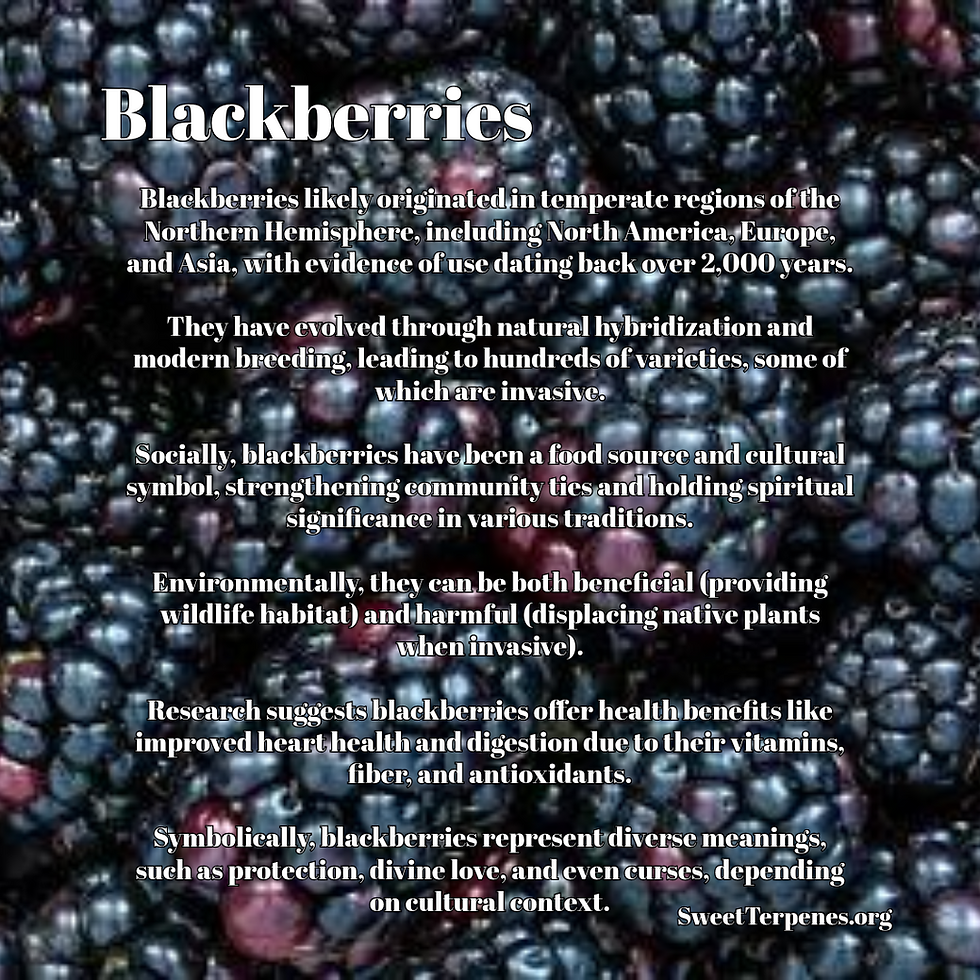Vanilla
- Heather Marie Stanley

- Dec 13, 2022
- 2 min read

Vanilla, known best for its aroma and flavour in pastries, ice creams and other sweet treats is indigenous to Mexico and pre-Columbian Mesoamerica. The Aztecs and Mayans of this time considered it a flavour of nobility. It’s migration around the world aligns with that of chocolate, as it was also introduced to Europe by the Spanish conquistadors and expanded to the rest of the world later.
Of the Orchidaceae family, the vanilla orchid has over 100 different subspecies; the 3 most common, Madagascan, Tahitian and Mexican. Grown in hot-humid, tropical climates, requiring specific agroecological needs. About 75% of vanilla beans are produced in Madagascar, followed by Indonesia, China, Mexico and Papua New Guinea. The flavour and aroma profile, as well as the overall compound ratios produced will be dependent on cultivation location and practices, as well as the fermentation/curing process.
Upon harvest, vanilla bean pods do not yet have their familiar flavour or aroma. This requires a fermentation and curing process to form the vanillin, a phenolic aldehyde that in combination with over 200 other molecular components found in vanilla, make up its complex aroma, flavour and overall sensory experience. Some other compounds found in vanilla are linalool, beta caryophyllene, myrcene, vanillic acid, vanillyl alcohol, anisyl alcohol, guaiacol, phenylalanine, thiamine, potassium, magnesium.
Vanillin activates our sweet and bitter taste receptors and may be beneficial to help reduce sugar intake or amount of sugar required to satisfy your preferred sweetness in foods. While on the other end, too large amount of vanilla can cause an off-putting bitter taste sensation.
Vanillin likely accounts for the main part of medicinal properties found in vanilla. Aside from its pleasant smell showing calming capabilities in infants comparable to that of their mother’s scent, it can have soothing effects upon pain stimulation as well. Some of the possible bioactive properties of vanillin are: antifungal, antibacterial, neuroprotective, anticarcinogenic, antioxidant,antianxiety, antidepressant, anti-inflammatory, appetite enhancer, improve gut microbiota composition and regulate gene expression via anti-quorum sensing. There is still limited research around vanillin, especially in comparison to curcumin. In Mesoamerica, vanilla’s medicinal uses included respiratory and gastrointestinal concerns and was listed in the American Pharmacopeia until 1916.

Vanillin Image: https://www.ncbi.nlm.nih.gov/pmc/articles/PMC7790484/
Citations:
“Antibacterial effects of vanilla ingredients provide novel treatment options for infections with multidrug-resistant bacteria – A recent literature review”(nih.gov)https://www.ncbi.nlm.nih.gov/pmc/articles/PMC9530676/
“Olfactory Stimulation by Vanillin Prevents Apnea in Premature Newborn Infants “
“Phenolic Profiling for Traceability of Vanilla ×tahitensis “
“Vanillin: a review on the therapeutic prospects of a popular flavouring molecule”
“Chemistry and Biochemistry of Vanilla Flavor”











Comments